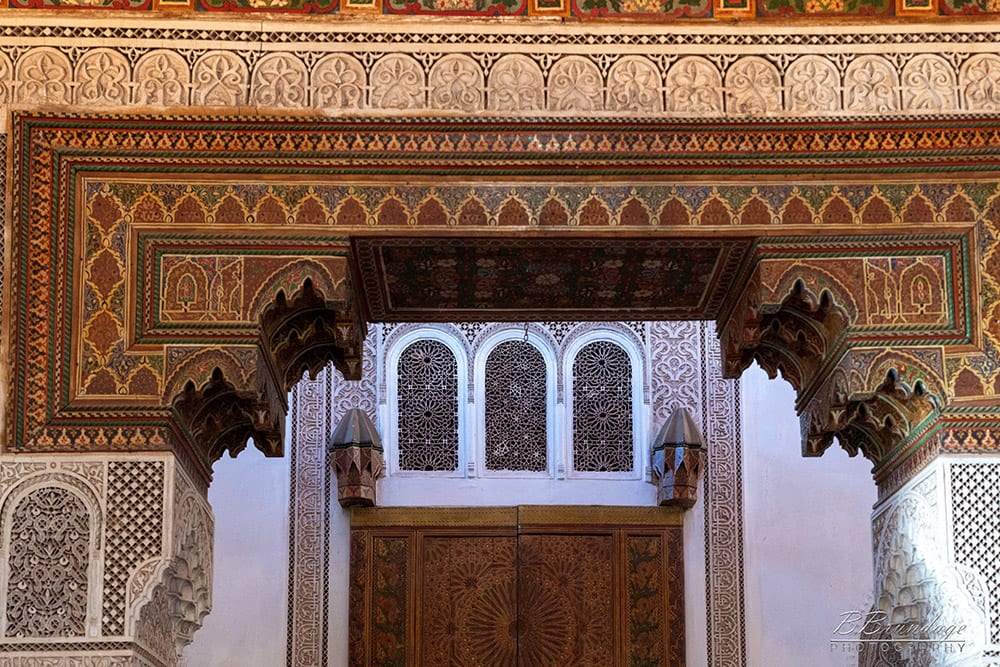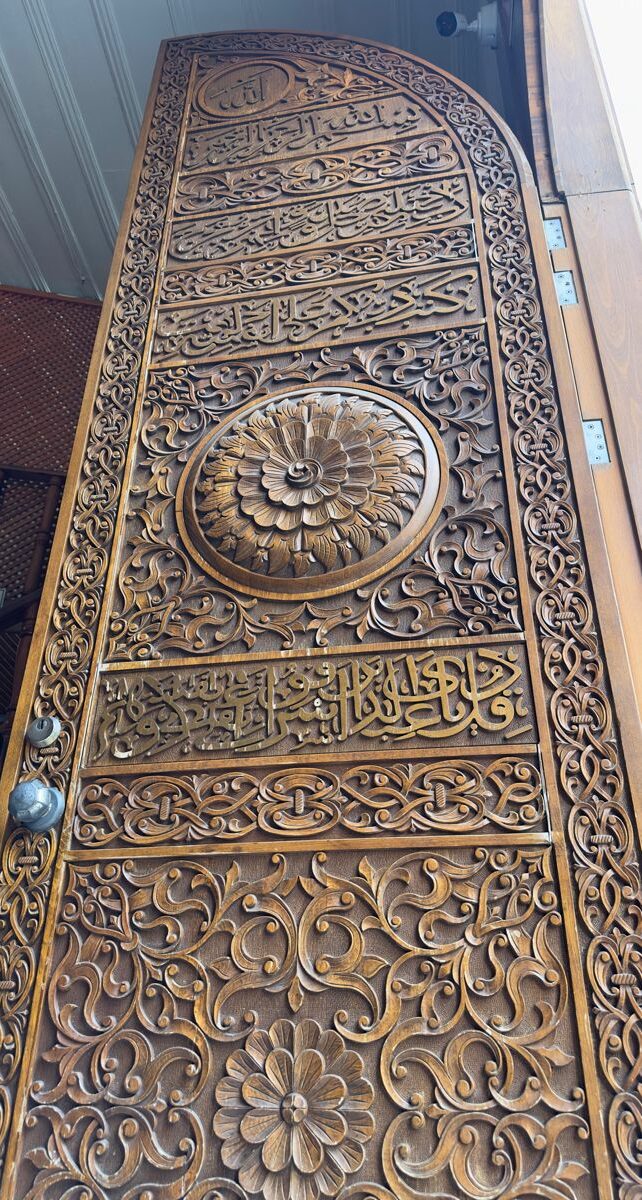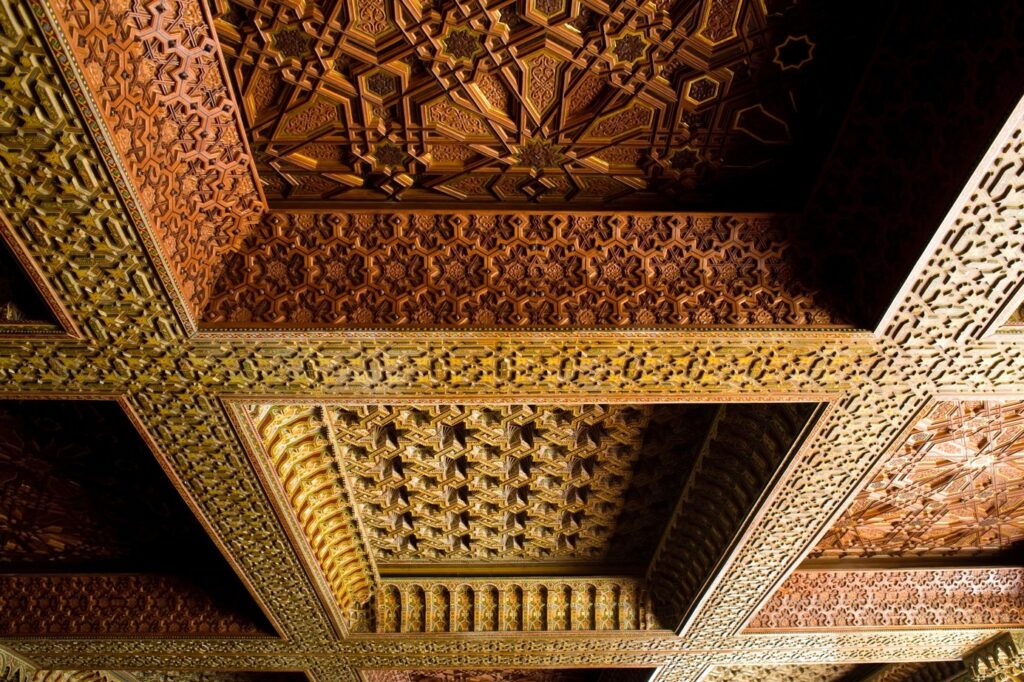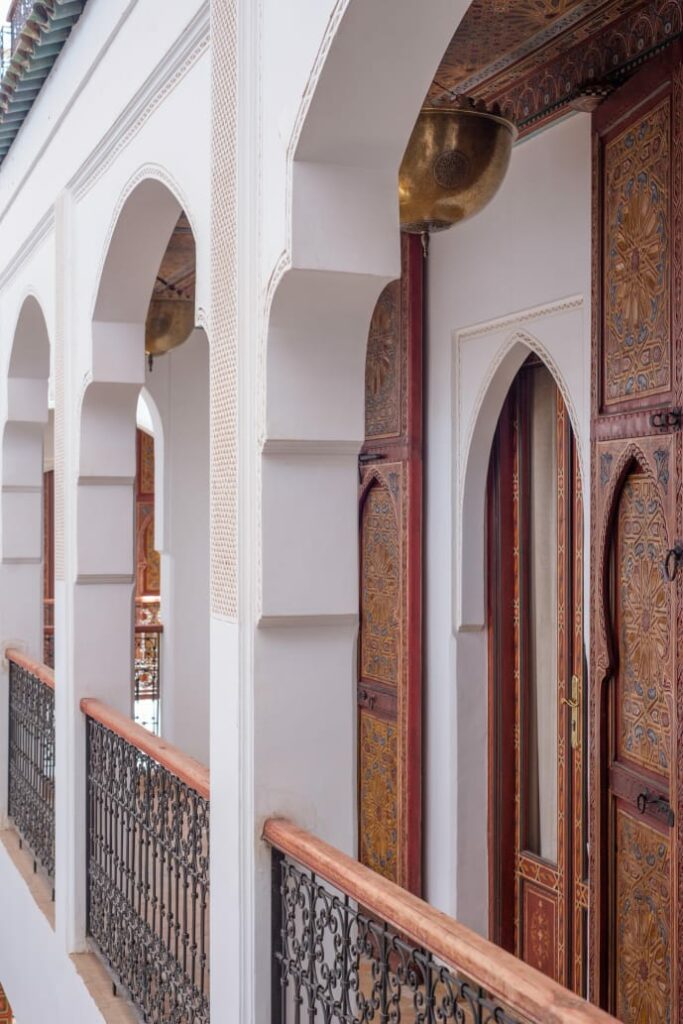Woodcarving - the art of creativity in traditional architecture


What is wood carving?
Wood carving is one of the finest crafts that has been used throughout the ages to add aesthetic and engineering touches to buildings. It is characterized by intricate details, intricate geometric designs, and floral motifs that adorn doors, ceilings, columns, and windows, making it an essential element of Islamic, Andalusian, and Moroccan architecture, along with many other civilizations.
This art is based on the use of selected types of wood such as cedar, walnut, and oak, which are carved and hollowed out by hand to bring out intricate patterns that reflect the skill and creativity of craftsmen over generations.
The history of woodcarving in world architecture
In Islamic and Andalusian architecture
The art of wood carving reached its peak in the Islamic era, especially in Andalusia and Morocco, where it was used to decorate mosques, palaces, and ancient schools. These carvings are characterized by harmonious geometric patterns, delicate floral motifs, and stylized Arabic calligraphy, and the finest examples can be seen in the Alhambra Palace in Granada, the Al-Qarawiyin Mosque in Fez, and the old schools of Marrakesh.


Ottoman and Persian architecture
Ottoman and Persian architecture was famous for the use of wood carving in doors, minarets, niches, and windows, where intricate decorative designs and Koranic lines were executed in the smallest detail.

Stages of the woodcarving process
The wood carving process goes through several delicate stages to ensure the highest levels of quality and perfection:
Choosing the right wood according to the criteria of hardness, color and consistency with the architectural design.
Drawing geometric and decorative designs based on the desired architectural character.
Carving by hand or using modern engraving techniques to get the finest details.
Polishing and final finishing to ensure the smoothness and clarity of the motifs.
Treatment and protection through the use of materials that preserve the quality and permanence of the engraving over time.
Choosing the right wood according to the criteria of hardness, color and consistency with the architectural design.
Drawing geometric and decorative designs based on the desired architectural character.
Carving by hand or using modern engraving techniques to get the finest details.
Polishing and final finishing to ensure the smoothness and clarity of the motifs.
Treatment and protection through the use of materials that preserve the quality and permanence of the engraving over time.
Uses of wood carving in architecture

Doors and windows
giving them elaborate decorative details that reflect an authentic traditional character.
Mosque and palace interiors
designing minarets, niches, and ornate ceilings
Wooden ceilings and structures
adding elaborate artistic touches to councils and halls
Luxury furniture and wall decorations
creating pieces of art that reflect heritage and culture.
Why choose wood carving for your project?
- Adding an authentic heritage touch : enhancing the architectural aesthetic and reflecting the spirit of historical art.
- High quality and durability : uses treated natural woods to ensure durability and longevity.
- Intricate geometric details : geometric patterns and symmetrical motifs reflect the precision of the workmanship.
- Integration with building elements : can be used in doors, ceilings, columns, and walls to create a unique architectural character.

Our expertise in wood carving
We have a team of skilled craftsmen who combine traditional expertise with modern techniques in the execution of wood carving. We make sure to achieve the highest standards of precision and creativity in every project, whether it’s designing luxurious doors, decorating ceilings, or executing interiors inspired by Andalusian, Arabic, and Islamic art.
